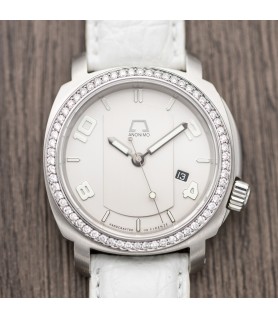

Galen of Pergamum, one of the most influential Greek surgeons of the second century A.D., is said to have required that his surgical tools be made from iron ore found only in the Celtic kingdom of Noricum. According to Lawrence Bliquez’s “The Tools of Ascelpius,” the common Greek surgeon’s tools had handles of copper alloy and cutting edge or useful tip of steel, giving the surgeon the ability to swap out new blades as needed.

Some of the first specialized surgical tools came about in Ancient Greece, forged from iron, bronze, silver, and even gold – each designed solely for surgical use.

In fact, Kirkup asserts that most contemporary surgical instruments – bone saws, surgical needles, scalpels, and similar items – are adaptations of their nonsurgical predecessors. Needles, knives, thread, and most any other type of household item have, at one point, been used in surgery. Harley, who published a study on the medical practices of the Mano tribe of Liberia in 1941, as an example of isolated peoples who adapt common household items to their surgical tools. As John Kirkup remarks in “The Evolution of Surgical Instruments,” the horse hooves, bone needles, and sharpened rocks used in prehistory were most likely borrowed from domestic items. These first surgical tools weren’t specialized in the slightest. Richard Restak, in “Mysteries of the Mind,” asserts that 40 skulls with the round holes of trephines were found at a Neolithic burial site in France. Crude implements that archaeologists believe were used in trepanning – the practice of cutting holes in the head to relieve pressure from trauma or headaches – have been found in Neolithic sites around the world. The development of tools coincides with the development of medicine. And as surgery improved, so too did the implements used by the skilled hands holding them. Though surgery in the West is today a discipline of strictures and safety precautions, there was a time not too long ago that patients died as much from being on the operating table as they did from their wounds. From Sumeria to the United States, in Ancient Greece and the Hindu lands of India, surgery has sometimes made the difference between a patient living or dying.


 0 kommentar(er)
0 kommentar(er)
